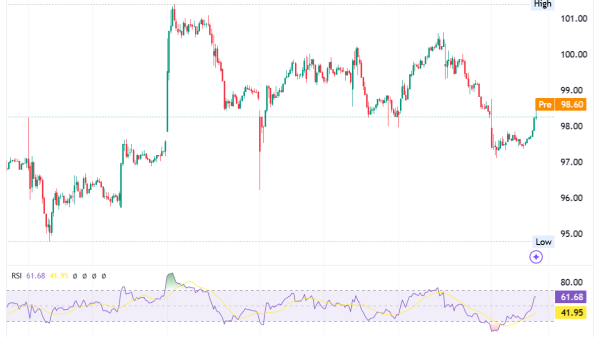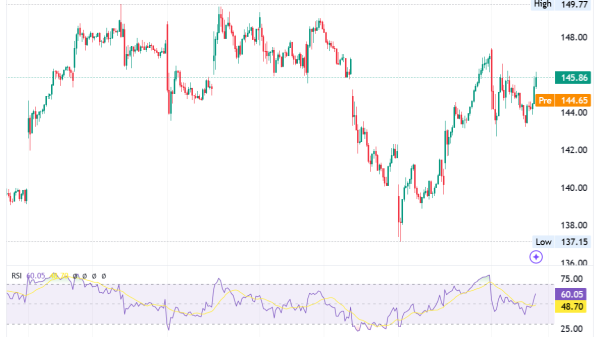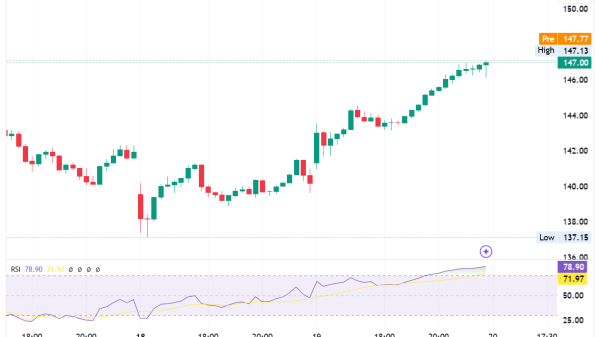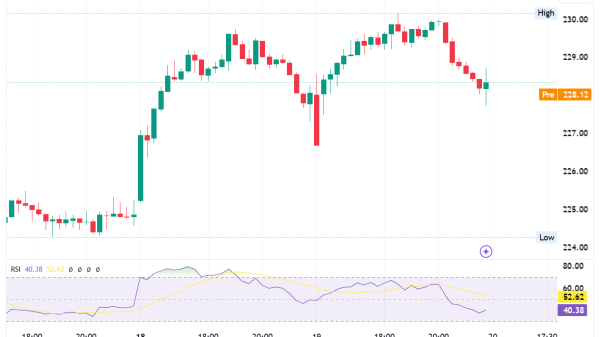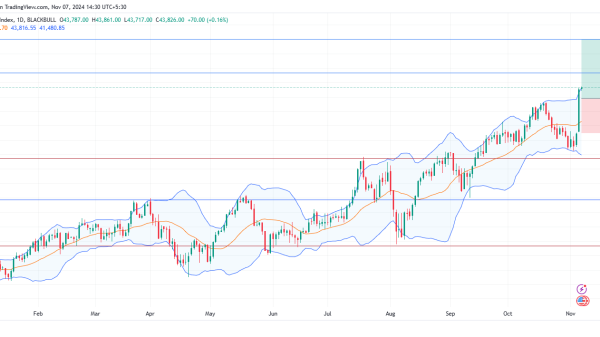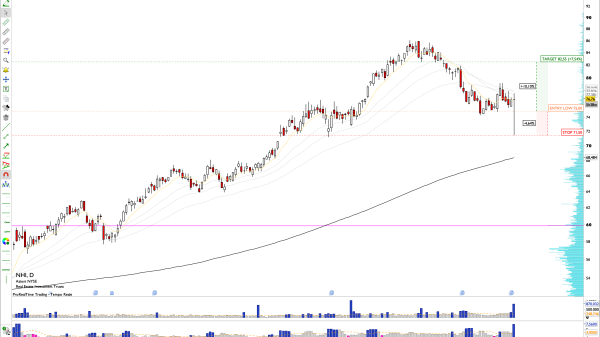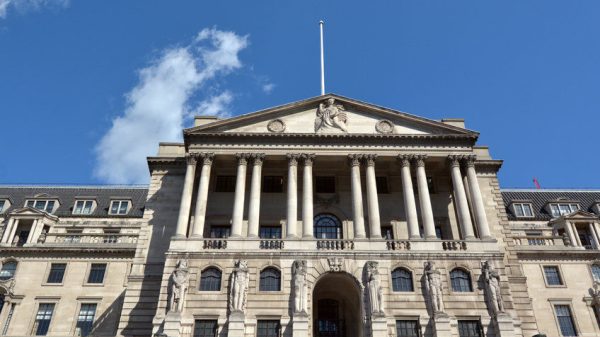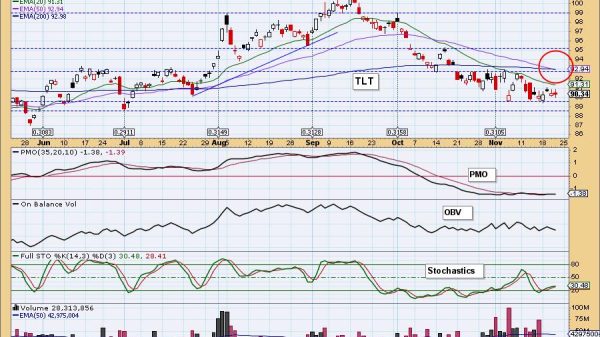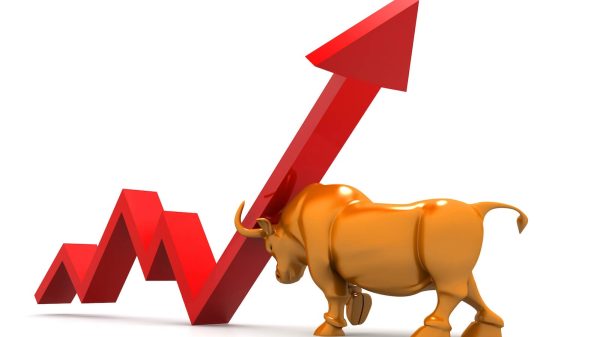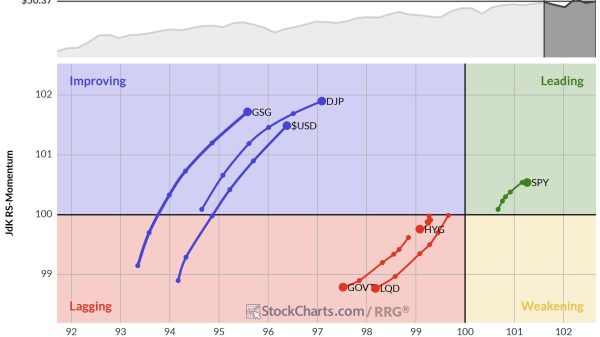Oil Prices Under China’s Economic Slowdown
According to data released by the National Bureau of Statistics (NBS), China’s industrial output grew by 5.6% in April, with oil prices remaining a key factor in the country’s economic slowdown. Compared to the same period last year, the price clearly accelerated from March’s 3.9% pace. However, this growth fell short of the 10.9% increase, as analysts in a Reuters poll projected, despite marking the fastest rate of growth since September 2022. The April industrial output and retail sales growth came in significantly lower than expected, suggesting a loss of momentum in the economy at the beginning of the second quarter. Although retail sales experienced a notable jump of 18.4%, indicating increased consumption, the growth was below analysts’ expectations of 21%.
China’s recovery from the lifting of COVID-19 restrictions has surpassed expectations. In March, the country witnessed a record demand of 16 million bpd, as reported by the IEA. Nevertheless, recent data also revealed a decline in property investment. The occurrence raised concerns about the outlook for the world’s second-largest economy. It is no surprise since both domestic and export-driven growth remains sluggish.
India’s Windfall Tax Reduction
The Indian government has eliminated the windfall tax on petroleum crude, reducing it to zero per tonne from ₹4,100, effective May 16. This decision follows the government’s fortnightly revision of tax rates based on fluctuations in oil prices. Previously, on May 1, the windfall tax on petroleum crude was reduced from ₹6,400 to ₹4,100 per tonne. In an effort to seize profits from strong refining margins in global markets, India implemented a windfall tax on crude oil producers last year, extending it to include exports of diesel, gasoline, and aviation fuel.
India to Challenge EU Carbon Tax at WTO
In response to the European Union’s plan to impose tariffs of 20% to 35% on high-carbon goods imports, including steel, iron ore, and cement from India, the Indian government intends to file a complaint with the World Trade Organization (WTO). The EU’s proposal, known as the Carbon Border Adjustment Mechanism (CBAM), aims to encourage local industries to invest in low-carbon technologies while raising the issue during bilateral talks. The European Union’s strategy aligns with its objective of achieving carbon neutrality by 2050, surpassing India’s goal of 2070.
OPEC+ Output Decision
The Organization of the Petroleum Exporting Countries and its allies, collectively known as OPEC+, will determine the potential swing in oil prices. The organizations are planning the meeting on June 4. The implementation of additional output cuts by OPEC+ could result in tighter global crude supplies. In a recent oil market update, Dutch financial institution ING stated that oil prices remain low. However, a shift is expected in the latter part of the year, with a potential deficit on the horizon. This projection is based on factors such as lower OPEC+ output, increased demand outside the OECD, and slower-than-anticipated growth in US output.
Citi’s head of commodities, Ed Morse, noted that oil prices may have reached their bottom. He emphasized the approaching peak demand season in the more populous northern hemisphere. However, China’s economic data also suggests a downside risk. Especially considering the sluggish recovery, the outcome may cause at least a slight decrease.
Besides, the uncertainties surrounding the US economy and banking system and the potential impact of higher interest rates on demand seem to be potential contributors to future losses. Despite the not-so-positive predictions, the market does not seem to be struggling. As highlighted by OANDA analyst Craig Erlam, China’s oil refinery throughput witnessed a notable 18.9% rise in April. In comparison to the previous year, this reinforces crude prices by providing support.
The post Oil Prices Under China’s Economic Slowdown appeared first on FinanceBrokerage.

